Episode 226: The trainer, the showman, the judge: ways of thinking that impact your riding.
March 15, 2023/
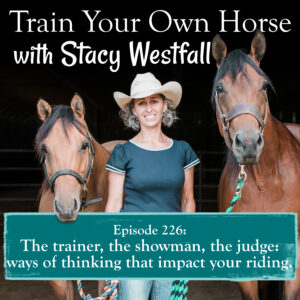
In this podcast, I’m discussing three viewpoints THAT ARE happening in other aspects of riding…but are most clear in showing. Understanding these three roles will improve your understanding of your riding challenges.
Phrases or thoughts like:
- “oops, I messed that up”,
- “that was terrible”
- “ooh, that was bad”
- “I hope they didn’t notice that”
- “lets try that again” are all clues to the way you are thinking…and they happen in and out of the show arena.
When you attend a horse show and ride into a class, there are three different ways you can show up; as the showman, as the trainer, or as the judge. Most people are jumping around between these three without knowing it, which is less effective and exhausting.
Learn what each of these roles has to offer and how understanding them can improve the quality of the time spent with your horse.
SUBSCRIBE TO THE PODCAST HERE:
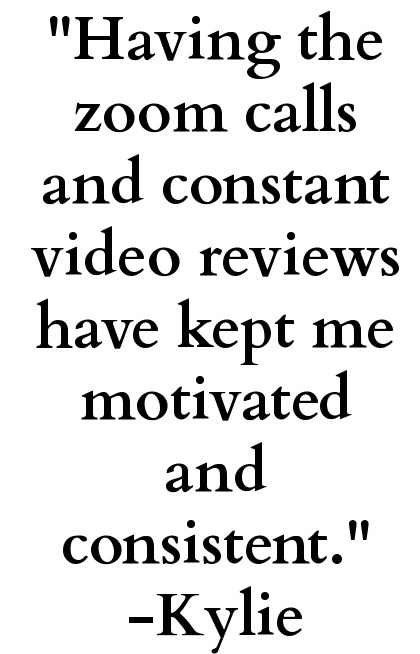
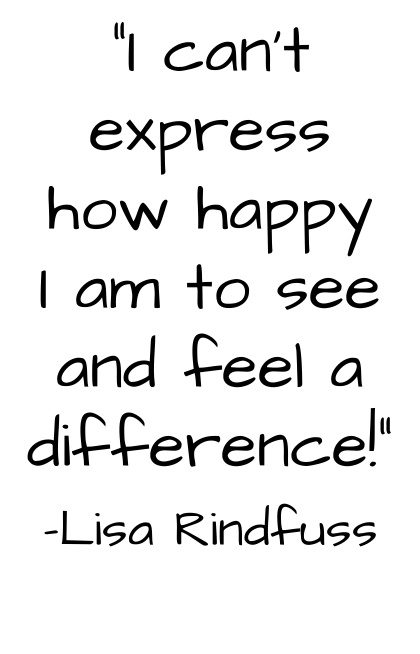
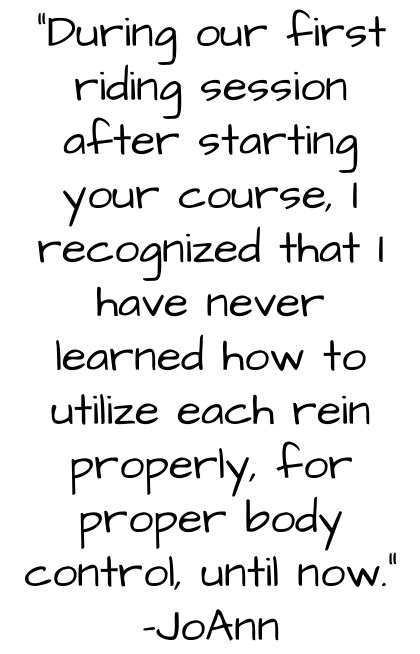
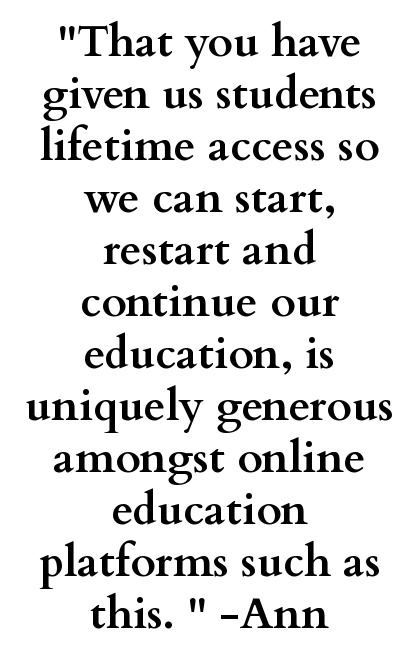
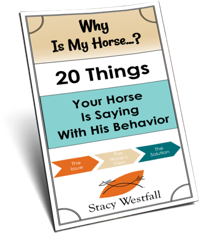
YOURS FREE
WHY IS MY HORSE...?

